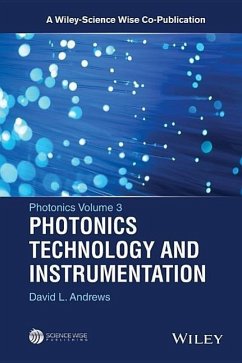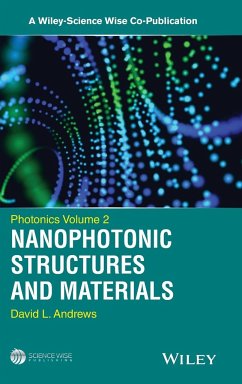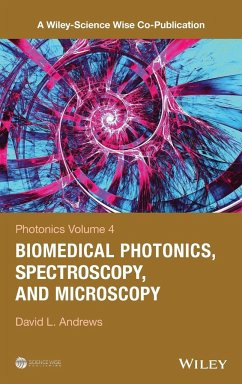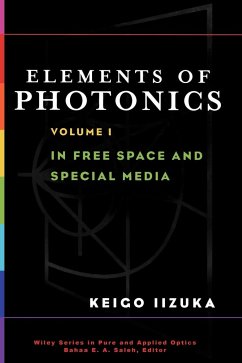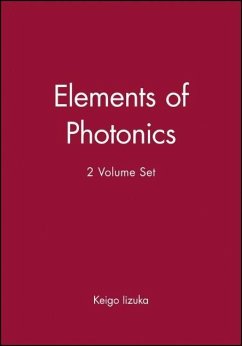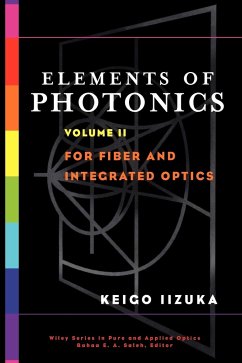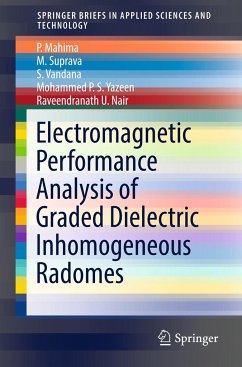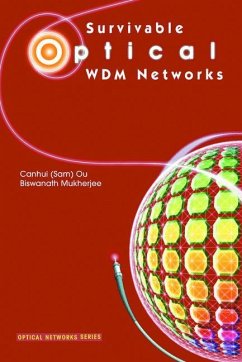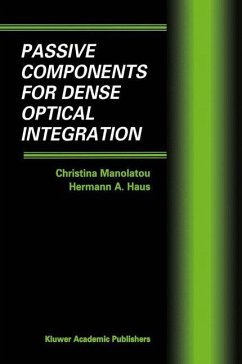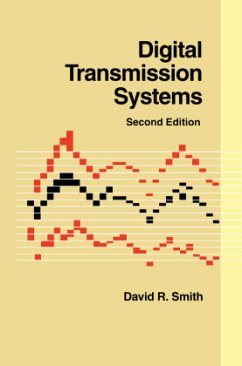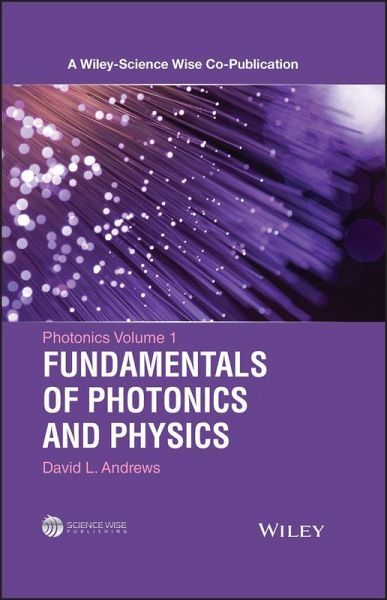
Photonics, Volume 1
Fundamentals of Photonics and Physics
Versandkostenfrei!
Versandfertig in über 4 Wochen
144,99 €
inkl. MwSt.
Weitere Ausgaben:

PAYBACK Punkte
72 °P sammeln!
Covers modern photonics accessibly and discusses the basic physical principles underlying all the applications and technology of photonics This volume covers the basic physical principles underlying the technology and all applications of photonics from statistical optics to quantum optics. The topics discussed in this volume are: Photons in Perspective; Coherence and Statistical Optics; Beams with Spatially Variable Polarization; Quantum Optics; Squeezed Light; Electromagnetic Theory of Materials; Theory of Surface and Cavity Nanophotonics; Quantum Electrodynamics; Multiphoton Processes, Orbit...
Covers modern photonics accessibly and discusses the basic physical principles underlying all the applications and technology of photonics This volume covers the basic physical principles underlying the technology and all applications of photonics from statistical optics to quantum optics. The topics discussed in this volume are: Photons in Perspective; Coherence and Statistical Optics; Beams with Spatially Variable Polarization; Quantum Optics; Squeezed Light; Electromagnetic Theory of Materials; Theory of Surface and Cavity Nanophotonics; Quantum Electrodynamics; Multiphoton Processes, Orbital Angular Momentum; Helicity and Duality Transformations in Optics; Slow and Fast Light; and Attosecond Physics and Streak Spectroscopy. * Comprehensive and accessible coverage of the whole of modern photonics * Emphasizes processes and applications that specifically exploit photon attributes of light * Deals with the rapidly advancing area of modern optics * Chapters are written by top scientists in their field Written for the graduate-level student in physical sciences; industrial and academic researchers in photonics, graduate students in the area; college lecturers, educators, policymakers, consultants, scientific and technical libraries, government laboratories, NIH.




